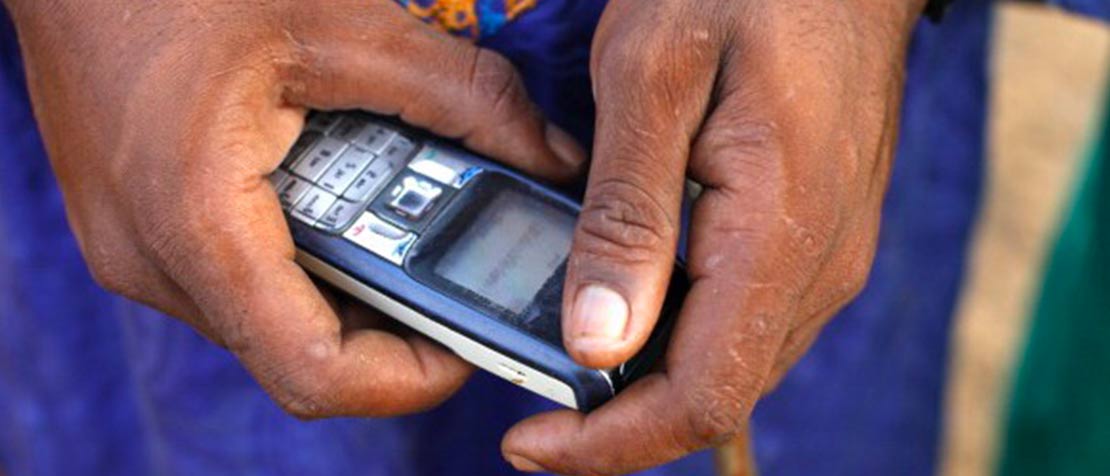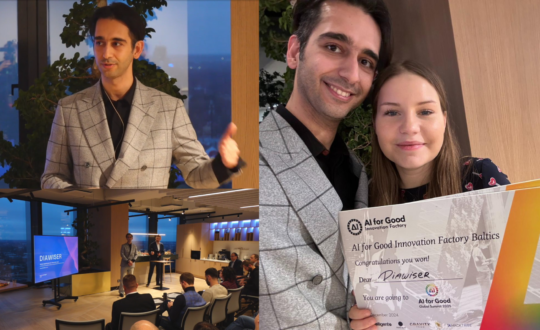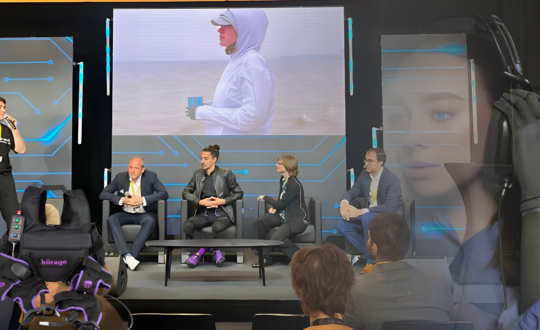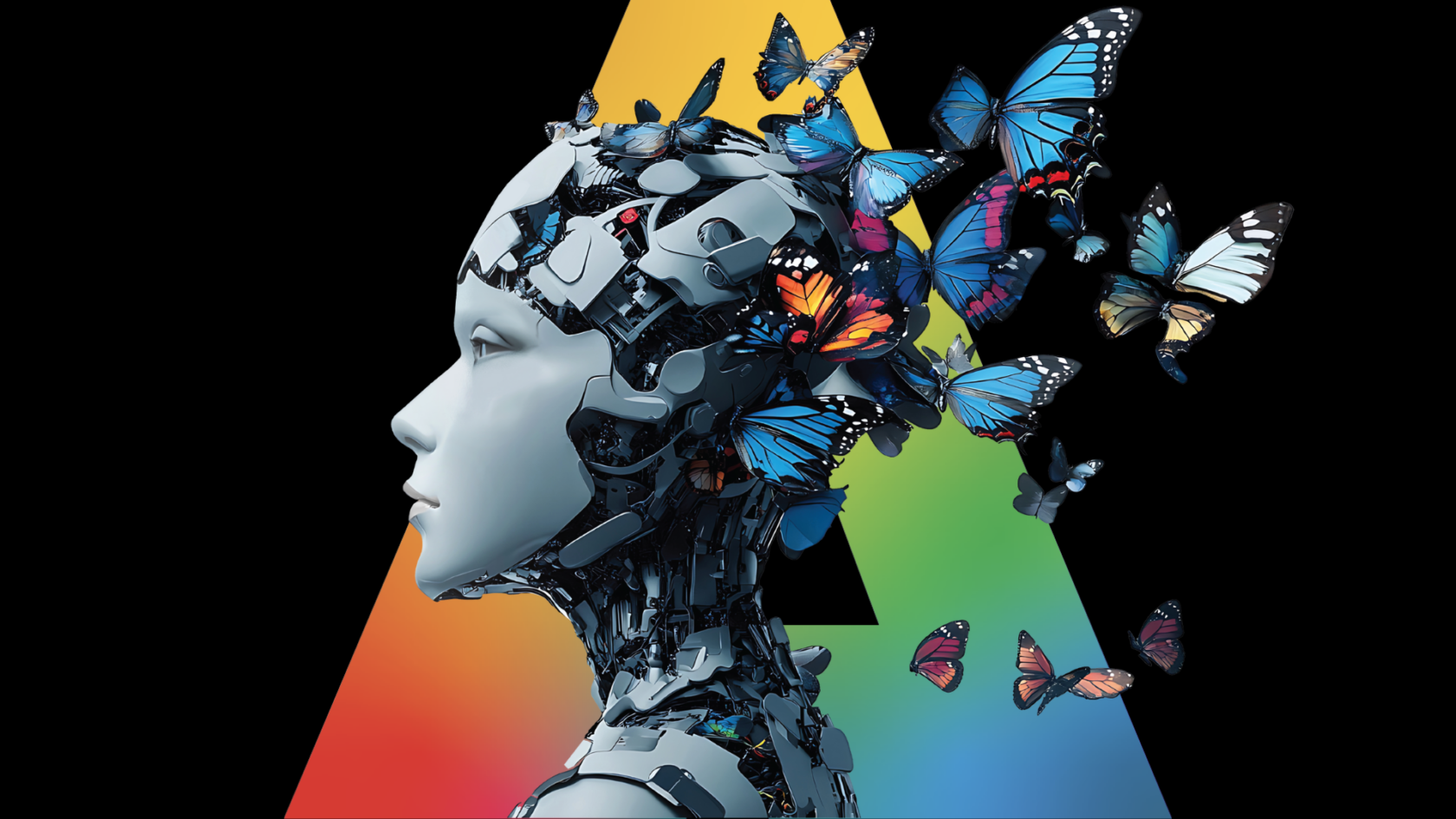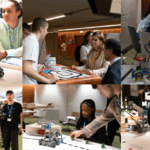As an emerging technology on the front lines of health service delivery, the mobile phone holds potential that no other single tool can provide.
That’s why two United Nations agencies, the International Telecommunication Union (ITU) and the World Health Organization (WHO), have turned to mobile phones to reach millions of people with live-saving information and critical health interventions.
RELATED: 3 ways AI can turn mobile phones into universal healthcare providers
The ITU-WHO Be He@lthy, Be Mobile programme is taking advantage of the fact that nearly 95% of the world’s population is within reach of a telecommunications network. Using a platform that can be easily scaled and tailored, the app is having some major successes combating non-communicable diseases (NCDs).
ITU spoke with Sameer Pujari, Project Manager at WHO responsible for the ITU-WHO Be He@lthy, Be Mobile programme, to find out how they are using Artificial Intelligence (AI) and new applications of mobile telecommunications to tackle health challenges.
RELATED: How M-Tiba helps Kenyans use mobile phones to save for healthcare (VIDEO)
“We are looking at the term ‘Automated Intelligence’ and how to reach out to populations and how it can be replicated, how can we provide services to … the people on the ground [so they] can benefit by the massive reach of technology and mobile phones,” said Pujari.
As he explained, “We came together as UN agencies, to help governments scale up evidence-based programmes at the national level. And we are working in about 12 countries in the last 4 years and have successfully scaled up programmes in all 12 countries.”
“[We are] applying AI to the products that can be delivered through these mobile phones for public health. And not just treatment but prevention, so we can keep these people healthy for a long time” — Sameer Pujari, WHO.
“Be He@lthy, Be Mobile is a very visionary programme which was started by WHO and ITU about 5 years ago. And the objective was to try and bridge the gap between supply and demand for digital health goods. To bring together evidence… showing the impact and the value of how mobile health initiatives can benefit and augment public health programmes,” said Pujari.
Success stories from India and Senegal
In India, Be He@lthy, Be Mobile has reached over 2 million users who have enrolled in the tobacco control programme which employs, “mobile technology and algorithms to help people quit tobacco without any human intervention.”
Through a series of text and SMS messages, users are given encouragement, resources and information to stop smoking cigarettes for good.
Another successful example comes from Senegal, where the platform was repurposed for two very different health interventions.
RELATED: In Senegal “progress” can be a double-edged sword.
In 2012, the programme was launched to aid with diabetes management. In countries like Senegal, rapid urbanization and changing lifestyles have resulted in an increase in obesity particularly in young people, many of whom are at high risk of developing type 2 diabetes.

It is estimated that at least 400,000 Senegalese people are living with the disease but only 60,000 of them have been diagnosed and are following treatment in the health system.
In 2014, when cases of Ebola were found in Senegal, authorities used the same platform for Ebola education, and could strengthen the awareness of Ebola with the same platform.

“The beauty of this infrastructure and digital health programmes, is that once you create a structure with a government capacity, they can use it for other health services,” says Pujari.
For more insights on AI and Health watch the video interview from ITU’s AI for Good Global Summit.



